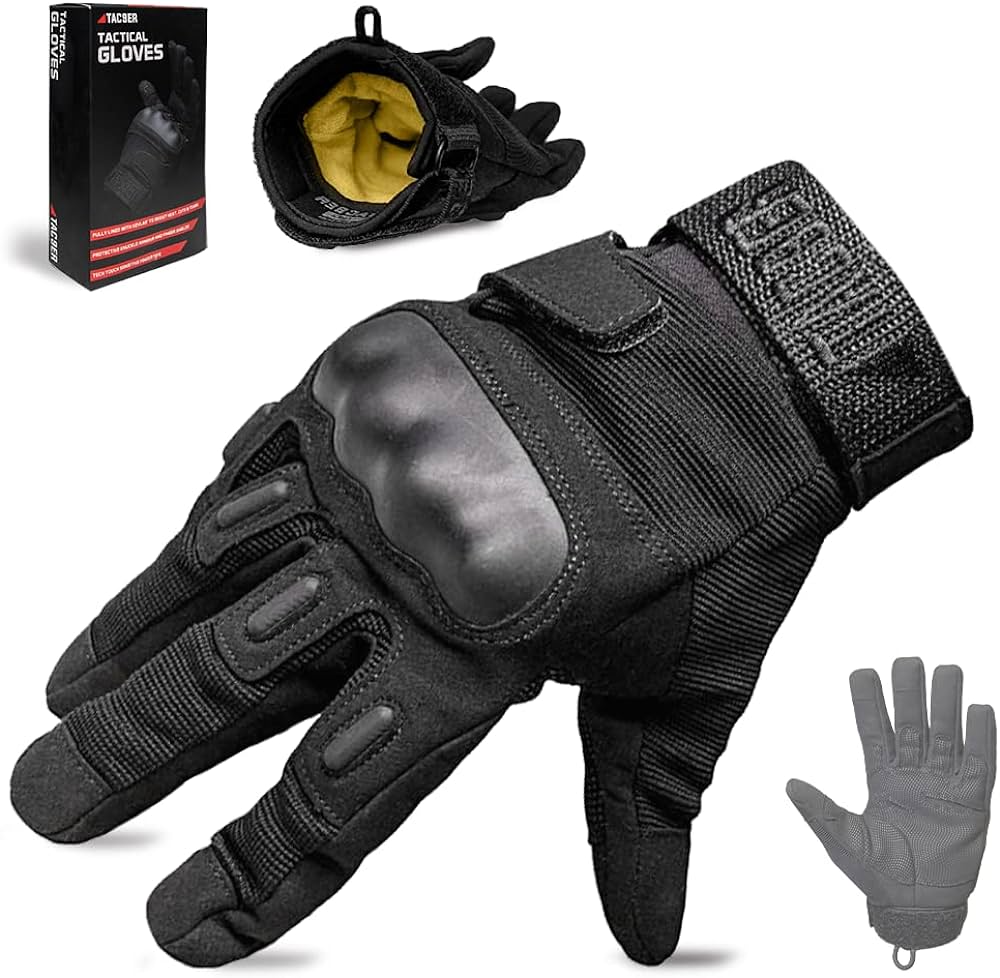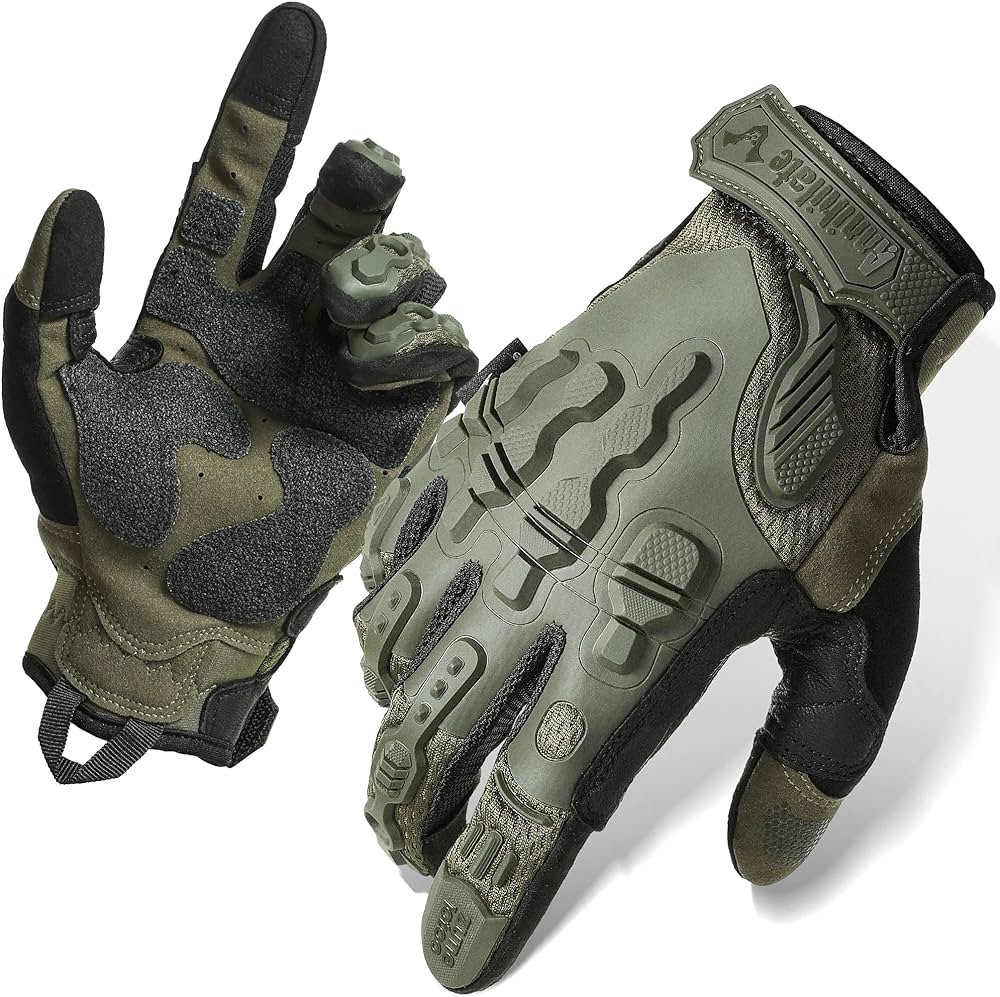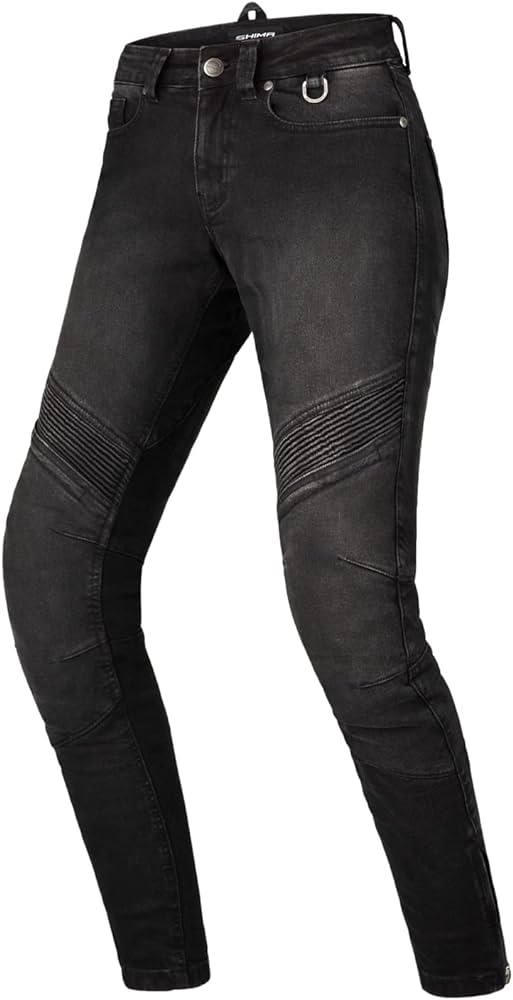Introduction
Motorcycle riding comes with inherent risks, making proper protective gear essential. Among the various options available, Kevlar stands out as a material known for its strength and durability. Kevlar is widely used in the motorcycle industry for its exceptional protective qualities. In this comprehensive guide, we will explore the benefits of Kevlar for motorcycle riding. By examining its abrasion resistance, durability, impact protection, and thermal properties, we aim to provide a thorough understanding of why Kevlar is a good choice for motorcycle riders.

Is Kevlar good for motorcycle riding?
I. Exceptional Abrasion Resistance
-
Enhanced Protection:
- Kevlar has remarkable abrasion resistance, offering increased protection compared to traditional materials. Its strong molecular structure allows it to withstand friction and prevent road rash injuries during slides or crashes.
-
Reduction of Abrasion-Related Injuries:
- Kevlar gear, such as jackets, pants, or gloves, effectively reduces the risk of abrasion-related injuries by providing a robust barrier between the rider’s body and the road surface. This can be crucial in the event of accidents or falls.
II. Durability and Longevity
-
Strength and Sturdiness:
- Kevlar is known for its exceptional strength, making it highly durable and resistant to impact. This attribute ensures that Kevlar gear can withstand the rigors of motorcycle riding, providing long-lasting protection for riders.
-
Ability to Withstand Wear and Tear:
- Kevlar’s resistance to scratches, tearing, and punctures ensures that motorcycle gear made from this material can endure regular use and adverse conditions. Kevlar gear is less likely to deteriorate and offers riders a reliable form of protection over an extended period.

III. Impact Protection
-
Enhanced Impact Resistance:
- Beyond its exceptional abrasion resistance, Kevlar also possesses high impact resistance. Kevlar gear can help reduce the force of impacts and minimize the risk of injuries, particularly during accidents or collisions.
-
Protection against Contusions and Fractures:
- Kevlar’s impact resistance is especially beneficial in protecting riders from contusions and fractures resulting from high-velocity collisions or falls. It acts as a buffer, helping to absorb and disperse impact energy, reducing the severity of injuries.
IV. Lightweight and Comfortable
-
Lightweight Design:
- Kevlar offers the advantage of being lightweight compared to other materials commonly used in motorcycle gear. This lightweight property ensures that riders can enjoy comfortable mobility and flexibility without compromising the protective qualities of their gear.
-
Increased Comfort:
- Kevlar gear provides a comfortable riding experience due to its flexibility and ability to conform to the rider’s body. By offering a snug yet comfortable fit, Kevlar gear allows for unrestricted movement, enhancing overall comfort during extended rides.
V. Heat and Flame Resistance
-
Thermal Protection:
- Kevlar has a high resistance to heat and flame, making it an excellent choice for motorcycle gear. In the event of fire or contact with hot surfaces, Kevlar material provides an additional layer of protection against burns and thermal injuries.
-
Minimization of Heat Transfer:
- Kevlar’s thermal properties help minimize the transfer of heat through the gear, reducing discomfort caused by sunlight or the engine’s heat. This makes Kevlar gear particularly suitable for riders in warmer climates or during rides under direct sunlight.

VI. Weather Resistant
-
Water Resistance:
- Kevlar is naturally water-resistant, allowing it to repel water on the surface of gear made from this material. Water resistance ensures that Kevlar gear remains dry and comfortable, even during rainy rides, preventing the gear from becoming heavy or causing discomfort.
-
Quick Drying:
- In situations where Kevlar gear does become wet, it dries quickly due to its inherent hydrophobic properties. This quick drying feature helps riders stay comfortable and maintain the gear’s protective capabilities.
VII. Versatility and Style
-
Versatile Design:
- Kevlar can be incorporated into various types of motorcycle gear, including jackets, pants, gloves, and boots. Its versatility allows for the creation of well-designed gear that meets riders’ different needs and preferences.
-
Stylish Options:
- Kevlar gear often combines style with functionality. Manufacturers offer an array of designs, colors, and styles to cater to riders who prioritize fashion alongside protection. This allows riders to express their personal style while ensuring optimum safety.
VIII. Considerations and Limitations
-
Supplementary Protective Gear:
- While Kevlar gear provides excellent protection, it is essential to complement it with additional protective gear like helmets, knee pads, and gloves. This comprehensive approach establishes a more complete protective system for riders.
-
Individual Safety Practices:
- Wearing Kevlar gear does not guarantee complete protection from all risks. Riders must prioritize safe riding practices, obey traffic rules, and maintain situational awareness to minimize the potential for accidents and injuries.

X. Ordering and Care Instructions for Kevlar Gear
-
Ordering Kevlar Gear:
- When ordering Kevlar gear, ensure that you select the appropriate size based on your measurements. Refer to the manufacturer’s sizing chart and consider reviews from other riders to find the best-fitting gear. Opt for reputable brands known for their quality and protective capabilities.
-
Care Instructions:
- To maintain the integrity and effectiveness of Kevlar gear, follow the care instructions provided by the manufacturer. Generally, Kevlar gear can be machine washed using a delicate cycle and mild detergent. It is important to avoid using bleach or harsh chemicals that can weaken the Kevlar fibers. Hang the gear to dry, keeping it away from direct sunlight or heat sources.
-
Inspection and Replacement:
- Regularly inspect your Kevlar gear for any signs of wear, damage, or degradation. Look for frayed stitching, tears, or thinning material. If any such issues are found, consider replacing the gear to ensure continued protection. It is recommended to replace Kevlar gear after a significant impact or collision, as the fibers may have been compromised.
XI. Cost Considerations
-
Long-Term Investment:
- While Kevlar gear may have a higher initial cost compared to regular gear, it is important to view it as a long-term investment in safety. The durability, protective capabilities, and extended lifespan of Kevlar gear often justify the initial expense.

IX. Conclusion: A Valuable Investment for Motorcycle Riders
The benefits of Kevlar for motorcycle riding are significant and make it an excellent choice for riders seeking effective and durable protective gear. Kevlar’s exceptional abrasion resistance, durability, impact protection, thermal resistance, and water-repelling properties contribute to heightened safety and increased comfort during rides.
However, it is important to remember that motorcycle gear should work in harmony with safe riding practices and other protective equipment. By prioritizing comprehensive safety measures, such as defensive riding techniques and adherence to traffic regulations, riders can fully leverage the protective advantages offered by Kevlar.
Investing in Kevlar gear ensures that riders have reliable protection against abrasion, impacts, and other potential hazards on the road. With the combination of Kevlar’s beneficial properties and responsible riding practices, motorcycle riders can enjoy a safer and more enjoyable riding experience.
